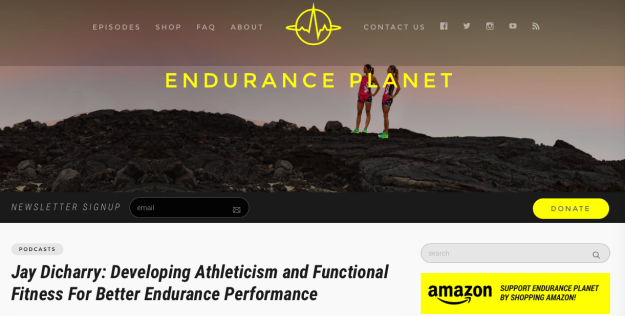
Adam Craig gets his position optimized at the REP Lab prior to the season
Cyclists want two very simple things. They want to be comfortable on their bike, and they want to be fast. And anytime we “want” something, we must ask the question – how hard must I work to achieve it? Or in this golden age of cycling, a lot of cyclists ask a different question – can I buy more speed? Well, let’s stop asking questions, and start producing some answers.
As a physical therapist, I can tell you that cycling takes its toll on the body. You do a fairly limited range of motion over and over and over again for thousands of miles a year. If things are lined up properly on the bike, and you are careful and follow a smart training program, you’ll maximize efficiency and prevent injury. When things are “off”, we wind up with imbalances that manifest themselves as injury. Injury is a whole other topic for a latter time. The other problem we wind up with is poor efficiency. Proper knowledge and equipment go a long way towards accomplishing a goal of optimal fit.
I’d like to summarize a paper that was published in a peer-reviewed, independent journal. Asker Jeukendrup and James Martin wrote “Improving Cycling Performance: How Should We Spend Our Time and Money”. The authors wanted to quantify the effects of various cycling factors to see which was most beneficial from both a time and cost standpoint. In this study they use simulated “models” to arrive at their predictions. Since they aren’t comparing apples to apples and oranges to oranges, the mathematical models allow them to base time gains on previously established research findings (from independent, peer-reviewed journals). Instead of just saying, “bike fit helps”, the authors sought to quantify exactly how much help a cyclist gets with a given alteration in their program. If you ride for Team Sky, you can skip the rest of this, as your cycling resources are unlimited. However, if you are a cyclist balancing riding, school, wife, kids, girlfriend, busted radiator, food, and time at the dog park – read along. They examined both Internal and External Factors as shown below:
| Factors Changed |
Time Savings Observed in 40K TT |
| Internal Factors |
|
| Training |
1-7 minutes |
| Caffeine |
55-84 seconds |
| Carbohydrate |
32-42 seconds |
| Altitude Training |
23-34 seconds |
| External Factors |
|
| Body Position |
2-2.5 minutes |
| Aerodynamic Wheels |
60-82 seconds |
| Wheel Weight |
10-72 seconds (grade dependent) |
| Body Mass |
19-25 seconds (rolling TT course) |
| Bicycle Mass |
5-13 seconds (rolling TT course) |
You can see that the old adage holds true – there is no substitute for training. Period. Got it? Yes – you have to ride you bike. And you have to ride smart. Lots of base, properly periodized training plan, intervals, and a good taper all add up to good performance on race day. Aside from training, this article offers some interesting findings on where we should concentrate our efforts. Bike fit is key. It’s free speed. Faster with less effort and more biomechanically sound. It’s a win-win all around for the time and money you’ll invest and performance gained. Also – it’s a benefit that is there every time you get on your bike. You are always reaping the benefits of training in the most optimum position. It is very different then spending 1200 dollars on a pair of wheels you only get the benefit from 5 or 6 days a year.
At the REP Lab, we use a whole lot of technology, knowledge, first hand trial and error, experience, and common sense to achieve the most optimum fit for you – not a formula out of a book. A solid bike fit gets you a whole lot closer to achieving your optimum performance now.
I encourage you to check out the full article if you want more information:
Jeukendrup, A.E., and Martin, J. Improving Cycling Performance, How Should We Spend Our Time and Money? Sports Med; 31(7):559-569





